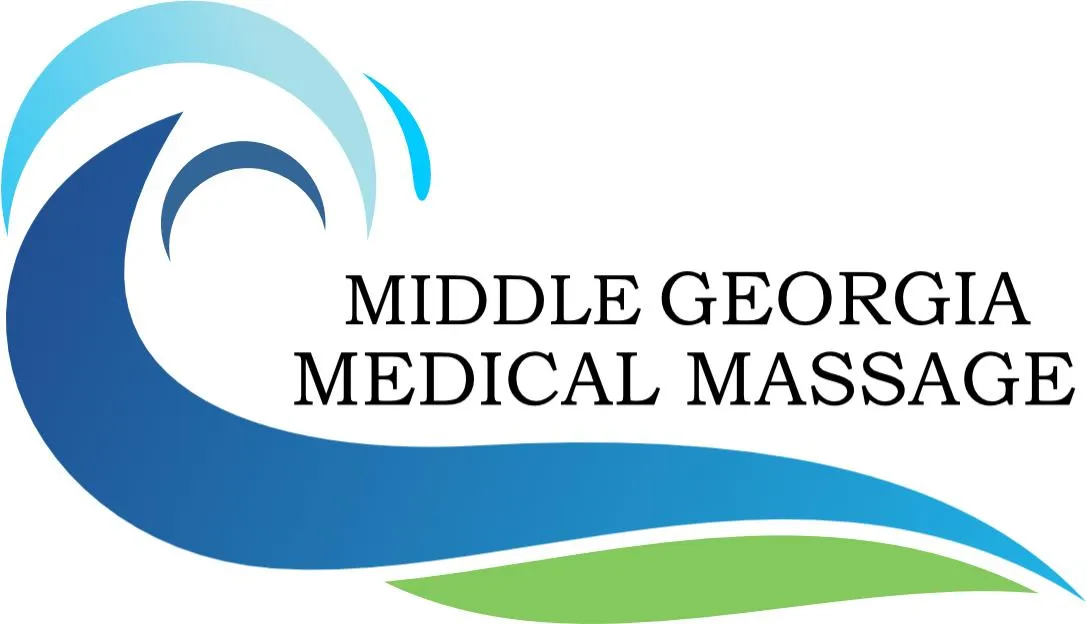What is Carpal Tunnel Syndrome?
There is a band that goes around your wrist (like a tennis sweat band) that is formed around the carpal bones and consists of ligaments and other fibrous tissues that keep them together. Many nerves, like the median nerve, and tendons pass through this band and go to the hand and fingers. True carpal tunnel syndrome is where the band compresses on the nerves and tendons and create the symptoms of carpal tunnel syndrome.
Here are some interesting facts from the Bureau of Labor and Statistics found at:
http://www.repetitive-strain.com/national.html
Carpal tunnel syndrome is the most common nerve compression disorder of the upper extremity. This process affects 1 percent of the general population and 5 percent of the working population who must undergo repetitive use of their hands and wrists in daily living. 1 Surgical treatment for carpal tunnel syndrome is the most frequent surgery of the hand and wrist, with 463,637 carpal tunnel releases annually in the United States, 2 accounting for $1 billion in direct costs. 3 (Source – Plastic and Reconstructive Surgery:Volume 105(5)April 2000pp 1662-1665 The Incidence of Recurrence after Endoscopic Carpal Tunnel Release. Concannon, Matthew J. M.D.; Brownfield, Mona L. M.D.; Puckett, Charles L. M.D )
More than eight million people are affected by carpal tunnel syndrome each year. Surgery for carpal tunnel syndrome is the second most common type of musculoskeletal surgery, (back surgery is #1) with well over 230,000 procedures performed annually.
ONLY 23% of all carpal tunnel syndrome patients returned to their previous professions following surgery, according to the Bureau of Labor & Statistics and the National Institute for Occupational Safety & Health (1997-2000 Statistics).
Carpal tunnel surgery has about a 57% failure rate following patients from 1-day to 6-years. At least one of the following symptoms re-occurred during this time: Pain, Numbness, Tingling sensations. Source: Nancollas, et al, 1995. J. Hand Surgery.
I often hear clients, when describing what is going on with their hands and arms, describe their symptoms as pain, numbness, tingling, burning and swelling when describing the pain in their hands and arms. These are the same symptoms as found in Carpal Tunnel Syndrome but may not necessarily be caused by a compression in the carpal tunnel itself. An impingement in the thoracic outlet can impede return of blood and lymph from the arm and cause swelling in the wrist and hand causing the restriction in the carpal tunnel. Tight scalene muscles (muscles in the neck) pull the first rib up against the collarbone and squeeze the blood vessels and nerves that pass between them. Pressure on these nerves is often the cause of numbness and tingling in the hands and fingers. Active Trigger Points in the pectoralis minor, triceps, brachialis and certain forearm muscles are also capable of compressing the nerves of the arm and causing numbness in the forearms and hands. (Travell and Simmons 1999, 459, 514-525, 688)
Massage Therapy can release those trigger point areas and others associated with hand, arm and finger pain. I have worked on numerous people that have not only found complete relief from their symptoms but have avoided surgery altogether.
TYPES OF MASSAGE
CONDITIONS TREATED
Frozen Shoulder
Cervical Strain
Torticolis
Whiplash
Lumbago
TMJD
Plantar Fasciitis
Tennis/Golfers Elbow
Fibromyalgia
Arthritis
Strain/Sprain
Scoliosis/Kyphosis/Lordosis
CONDITIONS TREATED
Frozen Shoulder
Cervical Strain
Torticolis
Whiplash
Lumbago
TMJD
Plantar Fasciitis
Tennis/Golfers Elbow
Fibromyalgia
Arthritis
Strain/Sprain
Scoliosis/Kyphosis/Lordosis


Sandy Chase, LMT, MMP - Lic. # MT003469
Copyright © 2025 Middle Georgia Medical Massage LLC, All Rights Reserved · 2134 Georgia HWY 18 East · Macon, GA · 31217
Sandy Chase, LMT, MMP - Lic. # MT003469
Copyright © 2025
Middle Georgia Medical Massage, All Rights Reserved
2134 Georgia HWY 18 East · Macon, GA · 31217
The information contained on this site herein is for educational purposes only and is not meant for diagnosis or treatment. Any information found on this site should be discussed with a health care professional. Use of this information should be done in accordance with the health care plan outlined by your health care professional. For specific medical advice, diagnosis and treatment, consult your doctor.
